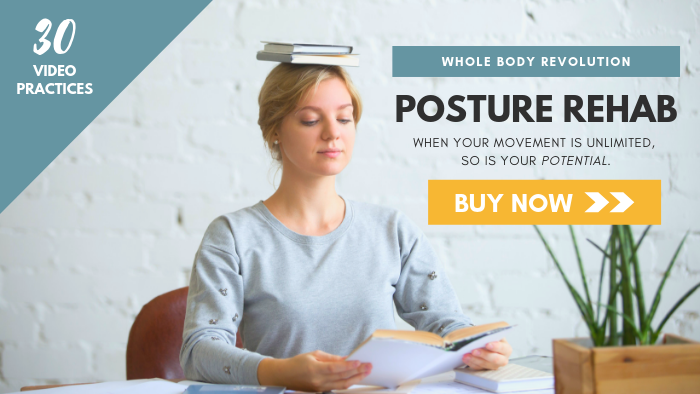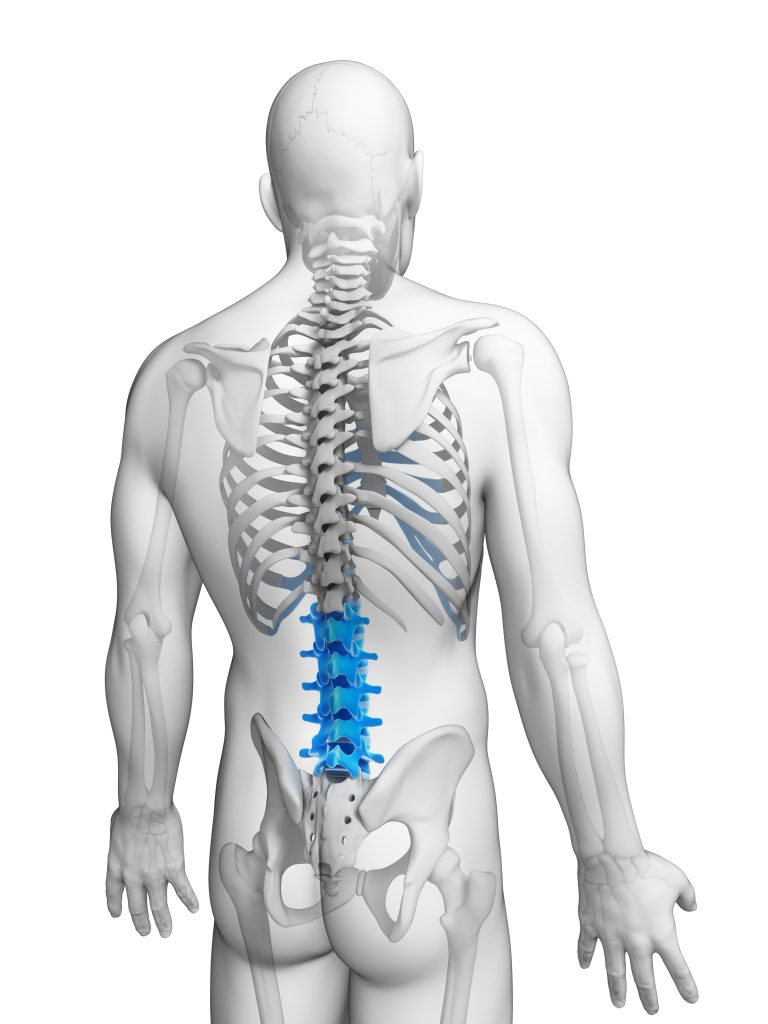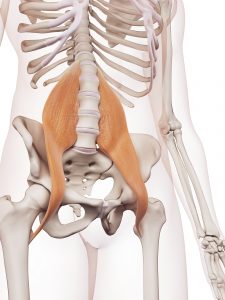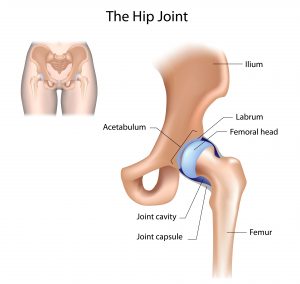Everyone says sitting is the new smoking. But is it?
Research into modern hunter-gatherers showed that they sit just as much as we do in terms of number of hours per day yet don’t experience back pain from sitting.
So why are we westernized humans suffering more sitting-related pain than other cultures?
The truth is…
Sitting isn’t the problem. How we sit is.
Rather than go to the gym for an hour to try to reverse the effects of ten to twelve hours of slouching, you can just sit better and then not have to do corrective exercises.
Recently a client asked me if the focus of my work is to help a person’s body find a new way to be.
Yes! A thousand percent yes!
You see…
Sitting can be a place of ease for your body. I frequently sit for long periods of time writing articles and reading research.
And my back never hurts from sitting.
Now, to be fair, prolonged sitting isn’t good for cardiovascular health. You still need to move around a lot to be healthy.
The hunter-gatherers who were studied with regard to sitting spend about 75 active minutes per day compared to Americans who struggle to get in two and a half hours a week of activity.
It’s clear that the hunter-gatherers have better cardiovascular fitness than Americans.
And yet…
Why Working Out Doesn’t Necessarily Cure Back Pain From Sitting
I have clients who have done yoga, mastered Pilates, planked until they literally felt as hard as a plank, lifted weights, lifted more weights, lifted weights faster and harder…
And they still have back pain from sitting.
These people are active and fit. Arguably, they’re more muscular than the hunter-gatherers who spend most of their active time walking.
So, what gives?
The only variable that makes sense is the way in which we, as Americans (and other westernized cultures — although the data used was just from the US) sit.
How to Sit Like A Hunter-Gatherer
Americans have an affinity for plush surfaces. We love beds that are as soft as clouds and sofas that you really sink into.
The problem with all these soft surfaces is that they’re prime culprits for creating back pain from sitting.
The reason is:
When you sit on a plush sofa, your hips sink in and rock backwards, balancing your weight on your tailbone instead of on the much sturdier base of your pelvis.
Seats that are too low also cause back pain from sitting for the same reason. They force your pelvis into a posterior tilt. That causes the rest of your spine to curl into a c-shape, like a banana, to compensate.
A c-shaped spine is bad. This puts a lot of excess pressure and strain on the intervertebral discs — little jelly-filled pillows that sit between your vertebrae.
To sit properly, find a chair with good, firm support. You can have cushion to pad the bones in your butt, but you don’t need to be sitting on a mountain of foam.
Raise the height of the seat until your hips are positioned about two inches higher than your knees when your feet are flat on the floor.
Sit squarely on the two pointy bones that stick out from the base of your pelvis. You should feel no pressure in your lower back in this position. There will also be a slight concave curve to your lower back.
Common Sitting Mistakes that Can Cause Lower Back Pain
There are two main mistakes that I see clients make when trying to sit with good posture.
The first is that rather than rotating their pelvis forward until their weight is stacked over it, they simply hyperextend their low back.
This position “corrects” the c-curve of your spine, but it requires so much muscular tension to maintain that you can’t relax. Over time, all that tension will also result in pain.
The fix:
Make sure you’re actually tilting your pelvis and not just arching your low back. If your lower back feels tight when you’re sitting, you haven’t quite found the proper alignment yet.
The second mistake that I see is related: people tend to pull their shoulders back without addressing pelvic alignment.
Once your weight is properly balanced over your pelvis, keeping your shoulders in place (back, under your ears) becomes effortless.
You should not have to hold your shoulders back consciously.
Since sitting is an unavoidable part of modern life, figuring out how to avoid lower back pain from sitting is useful.
If this is something you struggle with, check out my ebook Perfect Posture for Life.
It has an entire section on sitting properly, plus exercises and stretches to get rid of the back pain you already have.




